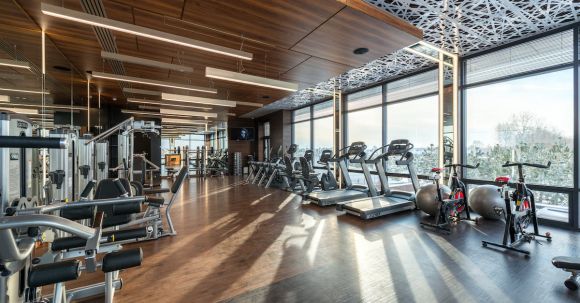Cardiovascular exercises, also known as cardio exercises, are a great way to improve lung capacity and enhance respiratory health. These exercises increase the demand for oxygen, forcing your heart and lungs to work harder. Over time, this can lead to better lung function and improved overall respiratory fitness. In this article, we will explore some effective cardio exercises that can help you achieve these goals.
1. Running
Running is a popular and effective cardio exercise that can significantly improve lung capacity. It is a high-intensity exercise that requires deep breathing and increases oxygen intake. Regular running can increase the efficiency of your lungs, allowing you to take in more oxygen with each breath. Start by incorporating short runs into your routine and gradually increase the duration and intensity over time.
2. Cycling
Cycling is a low-impact cardio exercise that is gentle on the joints while still providing an excellent workout for your lungs. Whether you prefer outdoor cycling or using a stationary bike, this exercise can help improve your lung capacity and respiratory health. Cycling at a moderate to high intensity will challenge your cardiovascular system, leading to increased lung efficiency and improved respiratory function.
3. Swimming
Swimming is a fantastic full-body workout that engages multiple muscle groups, including those responsible for breathing. The resistance of the water helps strengthen the muscles involved in respiration, leading to improved lung function. Regular swimming sessions can enhance your lung capacity and teach you how to control your breathing effectively.
4. Jumping Rope
Jumping rope is a simple yet effective cardio exercise that can improve lung capacity and respiratory health. This high-impact activity forces you to take in more oxygen and increases your heart rate, making it an excellent workout for your cardiovascular system. Incorporate jumping rope into your routine for short bursts of intense exercise, gradually increasing the duration as your fitness level improves.
5. High-Intensity Interval Training (HIIT)
HIIT involves short bursts of intense exercise followed by periods of rest or lower-intensity activity. This type of training challenges your cardiovascular system and forces your lungs to work harder to meet the increased demand for oxygen. HIIT workouts can be customized to your fitness level and can be done with various exercises such as burpees, mountain climbers, or high knees. Incorporating HIIT into your routine a few times a week can greatly improve your lung capacity and respiratory health.
6. Stair Climbing
Stair climbing is a simple yet effective cardio exercise that can be done almost anywhere with stairs. This activity engages your leg muscles and forces your lungs to work harder to provide oxygen to these muscles. Regular stair climbing can help improve lung capacity and respiratory health, as well as tone your lower body. Start with a few flights of stairs and gradually increase the duration and intensity as your fitness level improves.
In conclusion, incorporating cardio exercises into your routine can significantly improve lung capacity and respiratory health. Running, cycling, swimming, jumping rope, HIIT, and stair climbing are all excellent choices for enhancing your lung function. Choose activities that you enjoy and gradually increase the duration and intensity over time. Remember to listen to your body and consult with a healthcare professional before starting any new exercise program. With consistent effort and dedication, you can achieve better lung capacity and improved respiratory health.





